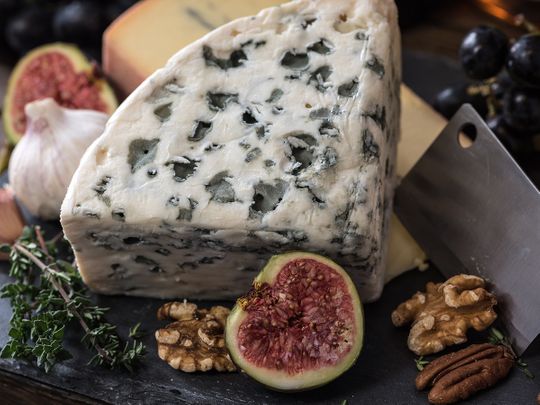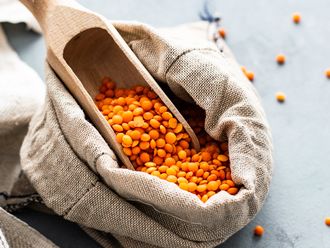
Few foods showcase the traditions and geography of a place better than cheese.
Click start to play today’s Crossword, where you can find this popular food in one of the clues. Don’t forget to visit Gulf News’ Food section for recipes, guides and more.
When you think of your favourite cheese, do you think of cheddar or burrata? Well, those are just the tip of the ‘cheese-berg’, since there exist more than 1,800 different types of cheese in the world. And it’s a serious business. In southwestern Georgia, for instance, cheesemakers painstakingly stretch the intricate tendrils of their tenili, while in Poland, each spindle of the oscypek is crafted with a beautiful design.
Every kind of cheese has a story to tell. Here are a few to note:
1. Polish oscypek
Less than 150 people are qualified to create oscypek (pronounced ‘os-tseh-peck’), which is Poland’s highland cheese, made from sheep’s milk. Traditional shepherds, known locally as bacas, make these decorative spindles of smoked cheese, with milk from sheep that roam the Tatra mountain range between southern Poland and northern Slovakia. A tradition that started nearly 1,000 years ago, the cheese is still made in small huts, using only wooden tools. The shepherds make fresh cheese and place it in carved wooden molds that form ovals, barrels or spindles. The last of these has earned protected status from the European Union. The cheese is soaked in saltwater and then smoked using pine or spruce wood, resulting in a snack that’s briny, smoky and sharp, with notes of toasted chestnut.
2. Georgian tenili
Only those held in the highest regard are offered Georgia’s rare, hand-pulled tenili cheese. Once a rich and diverse cheesemaking nation, Georgia’s production of cheese dwindled to just four kinds, under Soviet rule. Recently, however, artisanal cheesemakers have been bringing back ancient cheese traditions from the Samtskhe-Javakheti region, which is why tenili is slowly regaining its position as a delicacy. Made with sheep or cow’s milk, with high fat content, the cheese is hand-pulled into fine, yarn-like strands. Then, it’s soaked in cold, salted water and dried on a pole for a few hours (sometimes a few days). The strands are then dipped in heavy cream, pressed into clay pots and covered with a cloth and turned over so that any excess water seeps out. Tenili can be aged up to a year; it’s usually preserved carefully, and cherished, and only brought out for special occasions. It has a pleasant, mild smell, and delivers an acidic, almost spicy punch.
3. Romanian Năsal cheese
Legend has it, the Transylvanian commune of Taga was once oppressed by a wealthy count. Starving and out of options, the people were forced to steal the count’s cheese, which they hid in a local cave. However, when they went back to collect it, they found that the cheese had changed colour, from white to reddish yellow, and had a strange smell. The transformed cheese turned out to be delicious! Unfortunately, the count discovered what they’d done and took the cheese for himself, in the end. While the story is a local legend, the Năsal cave is real – it’s the only place in the world that produces a soft cow’s milk cheese like no other. Năsal cheese is smear ripened, which means bacteria or fungus grows on the rind, infusing the cheese with a strong flavour. The cave contains naturally occurring Brevibacterium linens, which, along with the cave’s ideal temperature and humidity, gives the cheese a deep, earthy flavour that’s impossible to recreate elsewhere.
What do you think of these special cheeses? Play today’s Crossword and tell us at games@gulfnews.com.








